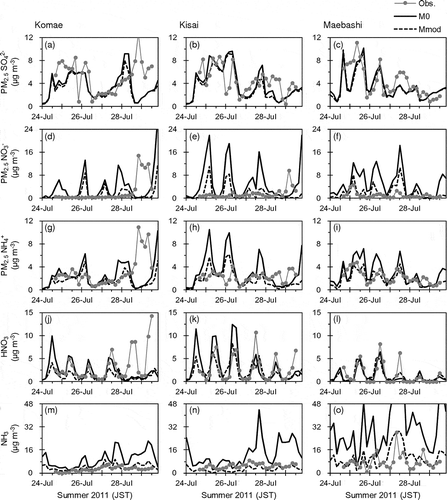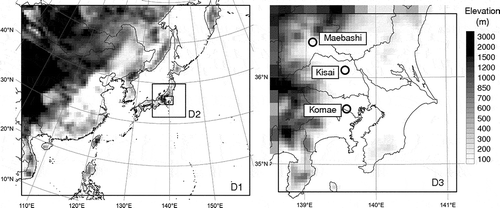Figures & data
Table 1. Statistical comparisons between observations by JMA and common meteorological fields produced by WRF for UMICS2 at the meteorological observatories in D3
Figure 2. Time series comparisons between observations by JMA and common meteorological fields produced by WRF for UMICS2 in winter 2010 (left panels) and summer 2011 (right panels). Hourly meteorological variables are averaged for all the meteorological observatories in D3.
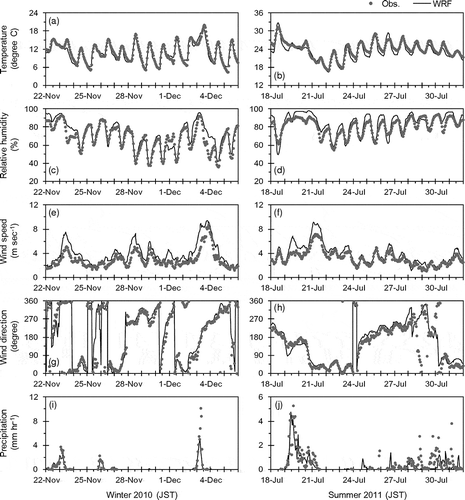
Figure 3. Horizontal distributions of mean (a) SO2, (b) NOX, and (c) NH3 emission rates in common emission data for UMICS2 in summer 2011 in D3.

Table 2. Configurations of models participating in UMICS2
Figure 4. Time series of observed and M0-simulated hourly concentrations of O3, NO, NO2, and PM2.5 at Kisai in winter 2010 (left panels) and summer 2011 (right panels).
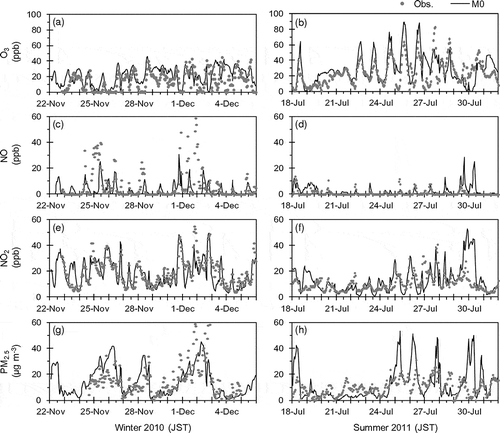
Table 3. Comparisons of observed and M0-simulated concentrations of PM2.5 SO42−, NO3−, and NH4+, and gaseous HNO3 and NH3
Figure 5. Time series of observed and M0-simulated 4-hr concentrations of PM2.5 SO42−, NO3−, and NH4+, and gaseous HNO3 and NH3 at Komae (left panels), Kisai (middle panels), and Maebashi (right panels) in summer 2011.

Figure 6. Mean diurnal variations of M0-simulated contributions of various individual physical and chemical processes to changes of ground-level HNO3 and PM2.5 NO3− concentrations in the target area during the target periods of UMICS2. The processes include advection (ADV), diffusion (DIF), primary emission (EMIS), dry deposition (DDEP), aqueous process (CLDS), gas-phase chemistry (CHEM), and aerosol process (AERO).
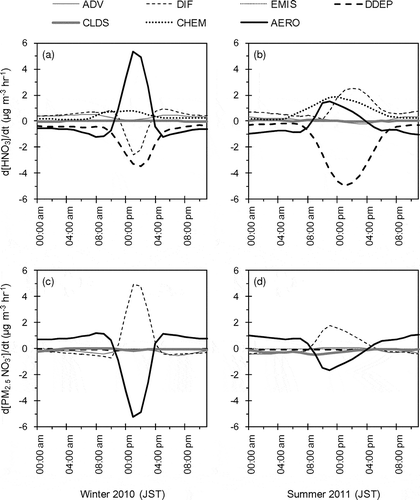
Figure 7. Percentage differences between M0 and CMAQ runs with different configurations for mean concentrations in the target area during the target periods of UMICS2 in (a) winter 2010 and (b) summer 2011.
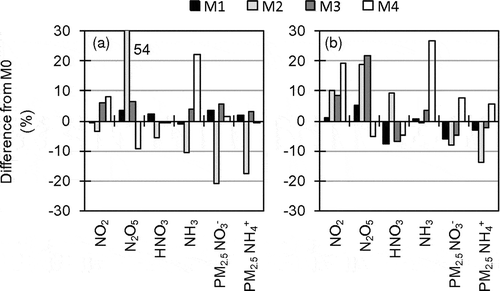
Figure 8. Percentage differences between M0 and sensitivity runs with modified temperature or relative humidity for mean concentrations in the target area during the target periods of UMICS2 in (a) winter 2010 and (b) summer 2011.
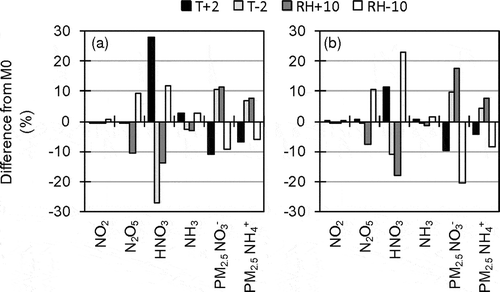
Figure 9. Percentage differences between M0 and sensitivity runs with modified NOX emissions for mean concentrations in the target area during the target periods of UMICS2 in (a) winter 2010 and (b) summer 2011.
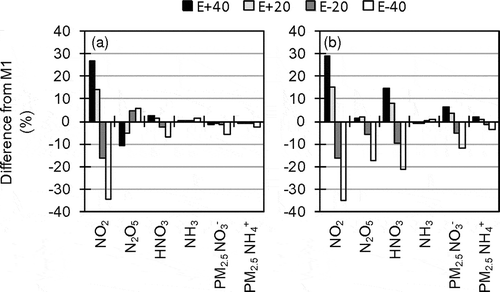
Figure 10. Seasonal variations of NH3 emissions from livestock solid wastes and agricultural fields fertilized by manures used in common emission data and sensitivity runs.
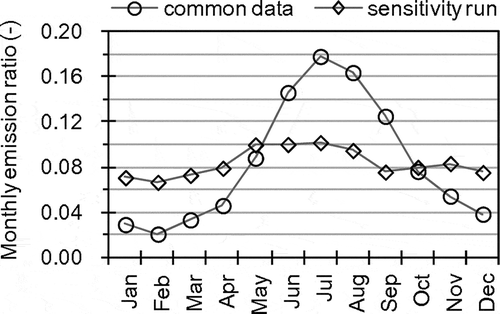
Figure 11. Percentage differences between M0 and sensitivity runs with modified NH3 emissions for mean concentrations in the target area during the target periods of UMICS2 in (a) winter 2010 and (b) summer 2011.
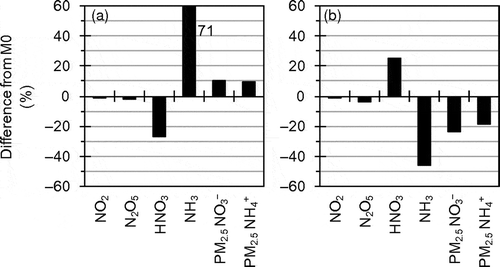
Figure 12. Percentage differences between M1 and sensitivity runs with modified HNO3 and NH3 dry deposition velocities for mean concentrations in the target area during the target periods of UMICS2 in (a) winter 2010 and (b) summer 2011.
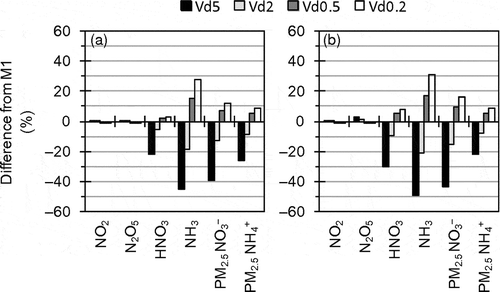
Figure 13. Percentage differences between M1 and sensitivity runs with modified HNO3 and NH3 dry deposition velocities for mean concentrations in the target area during the target periods of UMICS2 in (a) winter 2010 and (b) summer 2011 plotted against ratio of HNO3 and NH3 dry deposition velocities in sensitivity runs to those in M1.
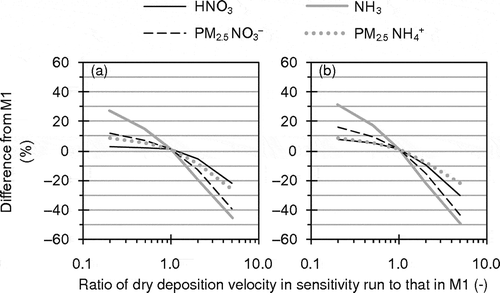
Figure 14. Percentage differences between M0 and sensitivity runs with modified N2O5 reaction probability for mean concentrations in the target area during the target periods of UMICS2 in (a) winter 2010 and (b) summer 2011.

Figure 15. Percentage differences between M0 and Mmod for mean concentrations in the target area during the target periods of UMICS2 in (a) winter 2010 and (b) summer 2011.
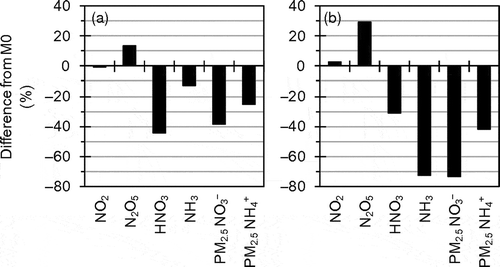
Table 4. Comparisons of observed and Mmod-simulated concentrations of PM2.5 SO42−, NO3−, and NH4+, and gaseous HNO3 and NH3
Figure 16. Time series of observed, M0-simulated and Mmod-simulated 4-hr concentrations of PM2.5 SO42−, NO3−, and NH4+, and gaseous HNO3 and NH3 at Komae (left panels), Kisai (middle panels), and Maebashi (right panels) in summer 2011.
